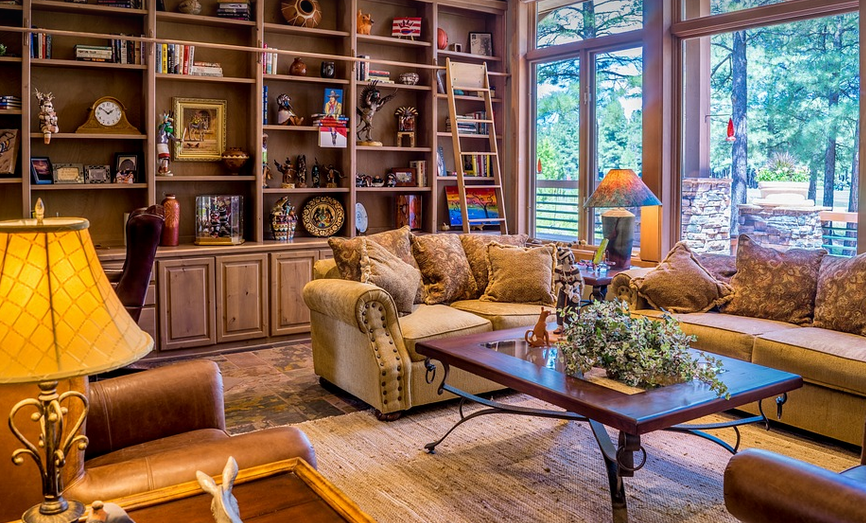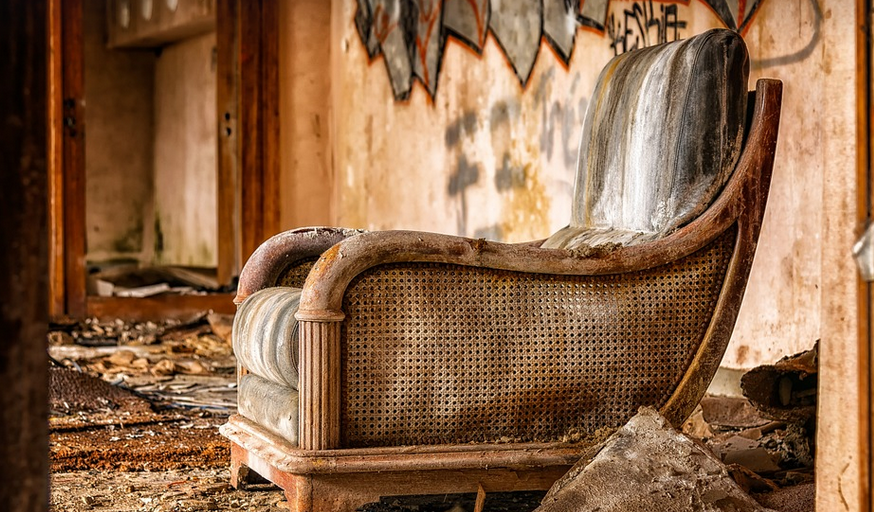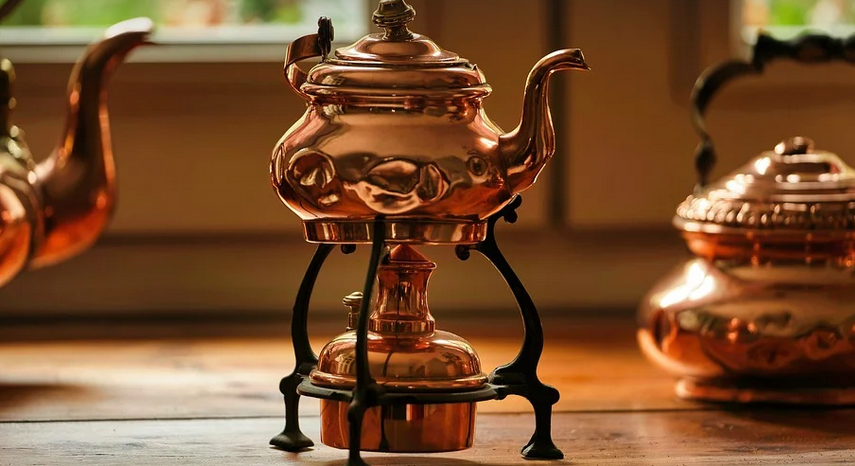Unmasking the Enemy: Why You Need to Tackle Mold on Your Leather Furniture
Mold, that pesky little fungus, can pop up in your life in all kinds of ways. But when it finds its way onto your leather furniture, it’s not just about aesthetics—it’s about health and comfort. Those fuzzy green patches or even a faint musty smell are tell-tale signs of mold lurking on your beloved sofa, chair, or footstool. And while it might seem like an insurmountable battle, taking the right steps now can save you from deeper cleaning efforts later on.
Mold thrives in moist environments and loves to feast on organic materials like leather—a recipe for disaster if left unchecked. Not only does mold create unsightly blemishes, but it can also release spores into your living space, leading to allergies, respiratory issues, and even long-term damage to your furniture. So, before you succumb to the temptation of simply covering up the problem, let’s delve into a comprehensive exploration of how to effectively clean mold from your leather furniture.
The Power of Prevention: Understanding Your Leather’s Needs
Before we jump into the nitty-gritty of cleaning, it’s essential to understand that dealing with mold on leather requires a delicate touch. Unlike fabric upholstery, which can handle harsh detergents and soaking treatments, leather is more sensitive. To preserve its natural beauty and integrity, we use gentler methods and techniques that respect its unique texture.
Leather furniture is known for its durability, but it’s not invincible. It can be damaged by prolonged exposure to sunlight, water, or even household chemicals without proper care. Understanding the specific type of leather you have will also be crucial in choosing the right cleaning method. Some leathers are more susceptible to staining or fading than others.
For instance, genuine leather is naturally supple and can absorb moisture easily. In contrast, newer artificial leather might not react the same way. So, before starting any cleaning process, always double-check your leather’s care instructions on the manufacturer’s label or check the product itself for information.
Preparing for Battle: Gathering Your Cleaning Arsenal
Before we begin our mission to eradicate those pesky mold spores, we need the right tools and materials to ensure a successful outcome. The magic happens when you have the proper cleaning arsenal at your disposal, ready to combat this unwelcome guest. Here’s what we need:
- Microfiber Cloths:
- Leather Cleaner:
- Mild Dish Soap:
- Clean Water:
- Soft Bristled Brush:
Microfiber cloths are our secret weapon for mold removal on leather furniture. Their non-abrasive, soft texture won’t scratch the surface while effectively lifting away dirt and grime. Remember to use them in a circular motion for best results.
A dedicated leather cleaner is essential for removing mold and mildew without causing damage to your furniture’s finish. The secret here is choosing a product specifically formulated for leather, ensuring that the cleaning solution doesn’t contain any harsh chemicals or solvents.
For tackling stubborn stains and mold on your furniture, you might consider using a small amount of mild dish soap. However, always dilute it with water first to prevent excessive residue or discoloration.
Water is the ultimate ally in cleaning and rinsing. It helps to remove dirt, grime and any residue left behind by our chosen cleaning agents. Always use cool water for best results when cleaning leather furniture.
For those particularly stubborn areas or if there are visible mold streaks or stains, a soft-bristled brush may be handy to gently remove the remaining traces of mold. Always make sure to test any newly introduced tool on an inconspicuous spot before applying it to the actual furniture.
The Art of Removal: A Step-by-Step Guide for Success
Now, let’s get down to the nitty-gritty portion—the stage where we tackle that pesky mold. Remember, patience and gentle handling are key when dealing with sensitive leather.
- Dry Removal:
- Mild Soap Solution:
- Scrub Carefully:
- Rinse & Dry:
Start by gently blotting any excess moisture from the surface of your leather furniture using a microfiber cloth. This will help prevent further mold growth, especially in humid environments.
Mix a small amount of mild dish soap with cool water to create a solution specifically designed for cleaning leather furniture. Apply the solution to a clean microfiber cloth and gently blot the moldy spots on your furniture, ensuring you don’t press too hard. The goal is to loosen the dirt without damaging the texture.
If any stubborn mold remains after the initial cleaning, use a soft-bristled brush dipped in the solution mentioned above to gently scrub those areas. Remember to move your brush in small circular motions and avoid excessive pressure on the delicate leather surface.
After scrubbing, rinse the affected area with a clean water-soaked microfiber cloth and gently blot away any remaining soap residue. Then allow your furniture to dry completely in a well-ventilated area or use a fan to help air circulation.
Protecting Your Investment: Long-Term Care for Leather Furniture
Remember, keeping that fresh “just-cleaned” feeling for your leather furniture doesn’t stop at removing mold. It’s about fostering an environment conducive to long-term durability and beauty. Here are some essential tips:
* **Regular Cleaning:** Even if you don’t notice any visible signs of mold, it’s wise to perform a weekly or bi-weekly cleaning session using a damp microfiber cloth and mild dish soap solution. This routine helps to prevent the build-up of dirt and grime, reducing the likelihood of future mold growth. * **Ventilation:** Keeping your living space well-ventilated is key for preventing unwanted moisture buildup and keeping your furniture free from mold. Use fans or open windows regularly to promote air circulation, especially during humid summer months. * **Leather Conditioner:** Regularly applying a quality leather conditioner will not only help prevent cracking, but also add a protective layer that shields the leather from spills and stains. A good conditioner can keep your furniture looking its best for years to come.
The Final Word: Embracing a Clean and Fresh Living Space
Fighting mold on leather furniture isn’t just about removing unsightly blemishes—it’s about preserving the integrity of your valuable possessions, fostering a healthy living space, and enjoying the comfort and beauty that only genuine leather can offer. By following these simple steps, you can keep those pesky molds in check, ensure a long-lasting refresh for your furniture, and create an inviting environment where joy and comfort truly thrive.


